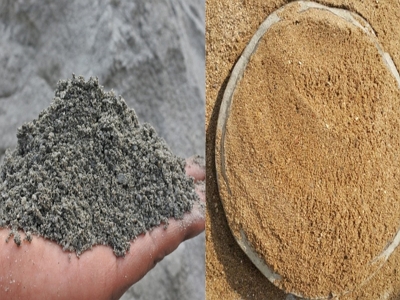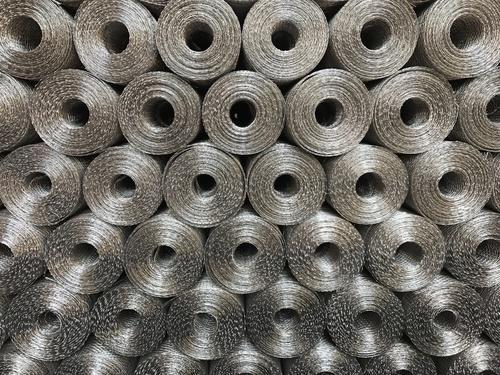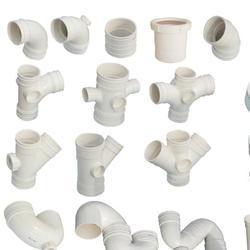Description
- Logistics charges to be borne by supplier
- Unloading the material to be the responsibility of the buyer.
- Quality tested & Highly adhesive.
- Smoother finish and high resistance to seepage.
- Higher resistance to ‘cracking’ due to low heat-of-hydration.
Specifications
Rocks erode or weather over a long period of time, mainly by water and wind, and their sediments are transported downstream. These sediments continue to break apart into smaller pieces until they become fine grains of sand. The type of rock the sediment originated from and the intensity of the environment gives different compositions of sand. The most common rock to form sand is granite, where the feldspar minerals dissolve faster than the quartz, causing the rock to break apart into small pieces. In high energy environments rocks break apart much faster than in more calm settings. For example, Granite rocks this means more Feldspar minerals in the sand because it wouldn't have had time to dissolve. The term for sand formed by weathering is epiclastic.
Sand from rivers are collected either from the river itself or its flood plain and accounts for the majority of the sand used in the construction industry. Because of this, many small rivers have been depleted, causing environmental concern and economic losses to adjacent land. The rate of sand mining in such areas greatly outweighs the rate the sand can replenish, making it a non-renewable resource.
Sand dunes are a consequence of dry conditions or wind deposition. The Sahara Desert is very dry because of its geographic location and is known for its vast sand dunes. They exist here because very little vegetation is able to grow and there's not a lot of water. Over time, wind blows away all the fine particles, such as clay and dead organic matter, leaving only sand and larger rocks. Only 15% of the Sahara is sand dunes, while 70% is bare rock. The wind is responsible for creating these different environments and shaping the sand to be round and smooth. These properties make desert sand unusable for construction.
Beach sand is also formed by erosion. Over thousands of years, rocks are eroded near the shoreline from the constant motion of waves and the sediments build up. Weathering and river deposition also accelerate the process of creating a beach, along with marine animals interacting with rocks, such as eating the algae off of them. Once there is a sufficient amount of sand, the beach acts as a barrier to keep the land from eroding any further. This sand is ideal for construction as it is angular and of various sizes.
Sand is a granular material composed of finely divided rock and mineral particles. It is defined by size, being finer than gravel and coarser than silt. Sand can also refer to a textural class of soil or soil type that is a soil containing more than 85 percent sand-sized particles by mass.
The composition of sand varies, depending on the local rock sources and conditions, but the most common constituent of sand in inland continental settings and non-tropical coastal settings is silica (silicon dioxide, or SiO2), usually in the form of quartz.
The second most common type of sand is calcium carbonate, for example, aragonite, which has mostly been created, over the past half billion years, by various forms of life, like coral and shellfish.
For example, it is the primary form of sand apparent in areas where reefs have dominated the ecosystem for millions of years like the Caribbean. Somewhat more rarely, sand may be composed of calcium sulfate, such as gypsum and selenite, as is found in places like White Sands National Park and Salt Plains National Wildlife Refuge
Build Makaan offer in the timely delivery of top quality products, and we shall continue to maximize our focus on it. We ensure that, all our offered products are top incision. We are determined and have a conviction that, the unparalleled range and quality of our products would help us surge ahead.
Offer Price Available

- Categories: Supplier
- Quantity: As per Requirement
- Location: Gurgaon
- Use a safe location to meet seller
- Avoid cash transactions
- Beware of unrealistic offers




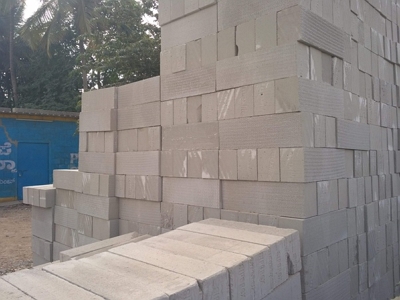

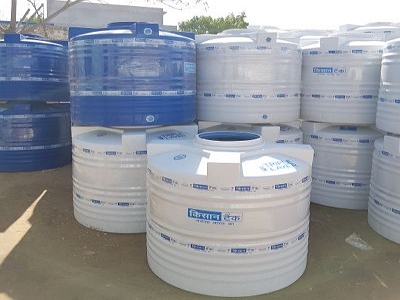


.jfif)


















